 Tuesday, December 25, 2012 |
Tuesday, December 25, 2012 |  1 Comment |
1 Comment |
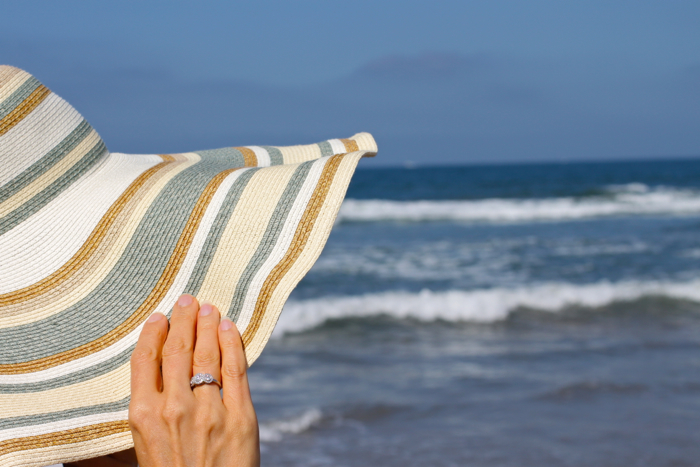
Now I become myself. It's taken time, many years and places...
- May Sarton
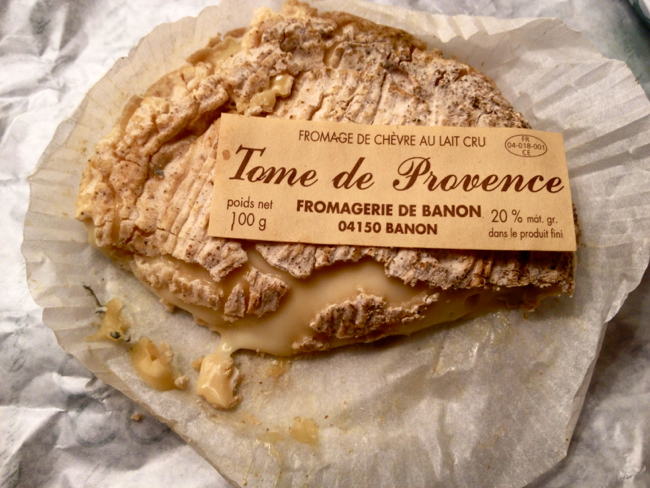
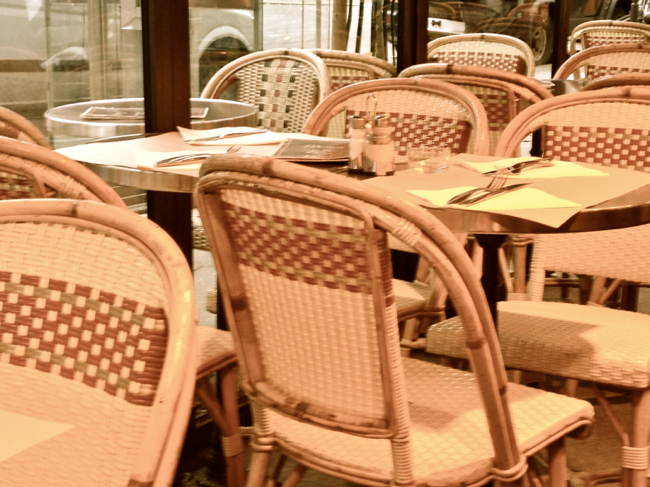


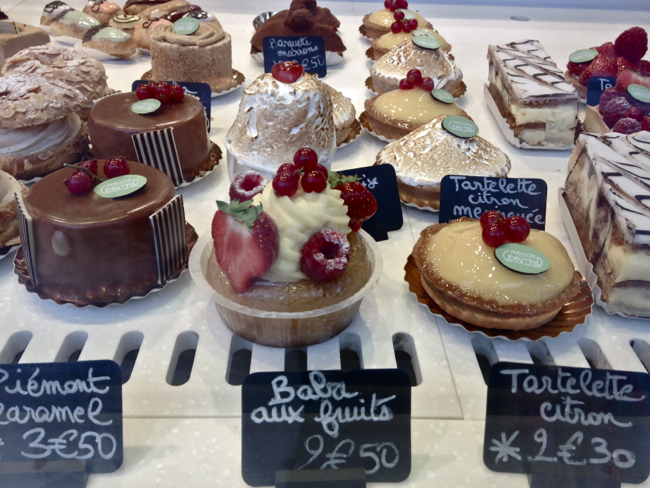
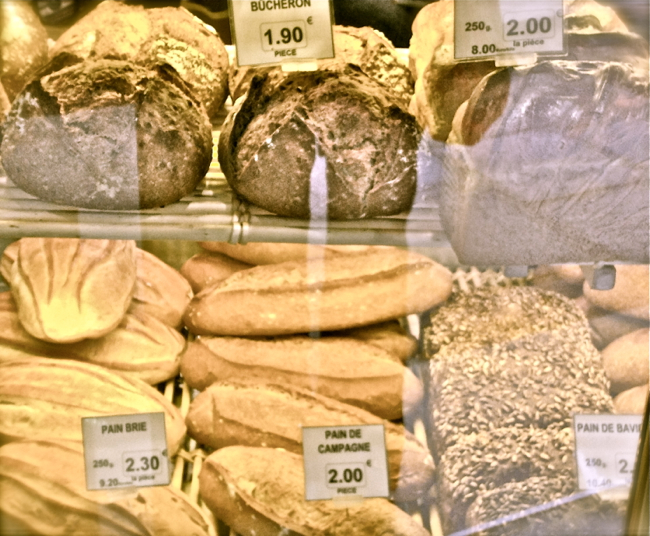
It is the sepia tones found in Paris that are the most satisfying to me. They can be spotted amongst the pleasant offerings of boulangeries, fromageries, patisseries. They can be found in cafes on the slick wicker of a woven chair, in the settlings of a coffee cup, on thin paper in a worn notebook or the ink scribbling of a small poem left behind on a wine splashed napkin after the sun has set.
The tint can be found in the dim light of the catacombs and in the neatly stacked skulls, femurs and tibias of the six million Parisians who rest in its glow.
It is cast in candlelit shadows of centuries old cathedrals and in the furry fringe of a child's hooded coat in November.
It is between the pages of Hemingway's moveable feast.
The various tisanes found in pharmacies, brewed to relieve ailments and discomforts, are in undertones of sepia.
It is how I see the Eiffel Tower, perhaps because I looked at it so longingly in old photographs before honeymooning in Paris nearly fifteen years ago.
It is the essence of the tweed jacket with suede elbow patches and the Gatsby hat worn by a man in the Marais who stopped to comment on my Polaroid camera. It too, is the hue of the polished wooden cane that rested on the hinge of his arm.
Its ochres hover over Van Gogh's wheat fields and ripen Cezanne's pears.
It is the patina of aged leather books at Shakespeare and Company on the Left Bank where George Whitman extended decades of hospitality to readers and writers and where his daughter now does the same.
Sepia is the iridescence of the well-worn, well-loved. It is warmth and romance with a tint of nostalgia.

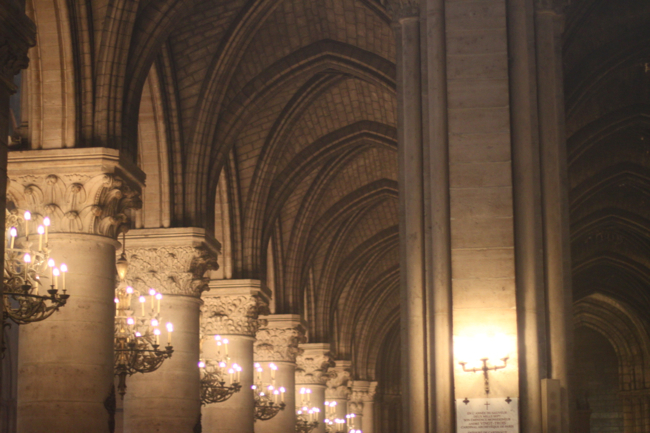
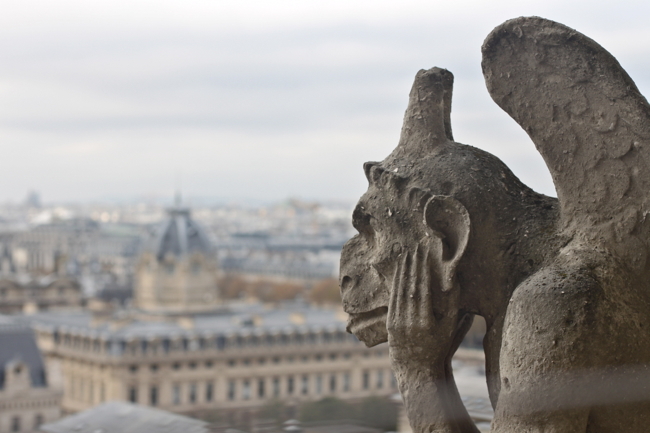
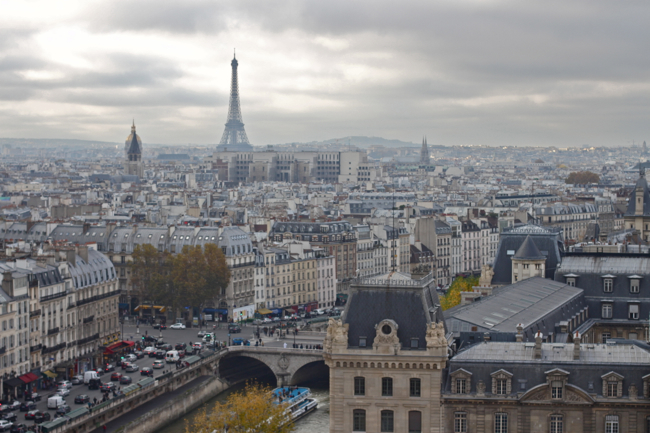


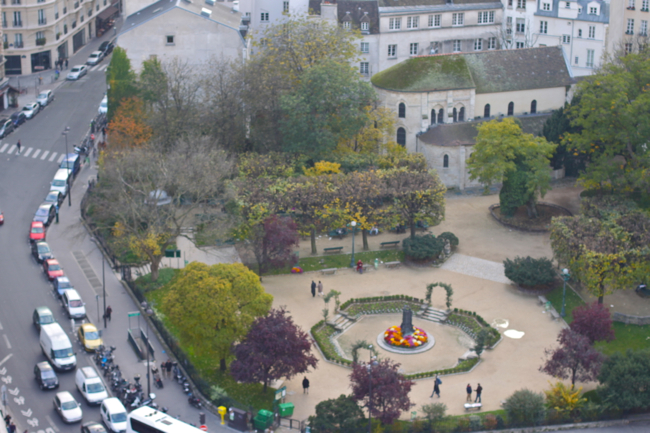


I've never visited Paris without a trip to Notre-Dame. The candlelight, stained glass, architecture, sonorous choir, chiming bells and the history of the Gothic structure itself perpetually leave me in a state of reverence. Today though, was the first time I climbed up the 400 steps of the concrete cylindrical staircase leading to the towers. (It reminded me very much of the narrow staircase leading down into the catacombs.)
Oh, it was amazing! The gargoyles (originally used to drain rainwater) and chimeras enjoy magnificent city views from each direction. There is also access to the south tower belfry where the largest bell of the cathedral can be seen at a weight of more than 13 tons. This bell, known as "Emmanuel," is only rung on major Catholic feast days.
Invigorated by the chill of the November air on my face and the panoramic imprint of Paris in my mind, I descended the staircase and stepped back into the city streets where the melody of ringing bells slowly faded behind me.
"Admirable, however, as the Paris of the present appears to you, build up and put together again in imagination the Paris of the fifteenth century; look at the light through that surprising host of steeples, towers, and belfries; pour forth amid the immense city, break against the points of its islands, compress within the arches of the bridges, the current of the Seine, with its large patches of green and yellow, more changeable than a serpent's skin; define clearly the Gothic profile of this old Paris upon a horizon of azure, make its contour float in a wintry fog which clings to its innumerable chimneys; drown it in deep night, and observe the extraordinary play of darkness and light in this sombre labyrinth of buildings; throw into it a ray of moonlight, which shall show its faint outline and cause the huge heads of the towers to stand forth from amid the mist; or revert to that dark picture, touch up with shade the thousand acute angles of the spires and gables, and make them stand out, more jagged than a shark's jaw upon the copper-coloured sky of evening. Now compare the two."
- Victor Hugo, The Hunchback of Notre-Dame